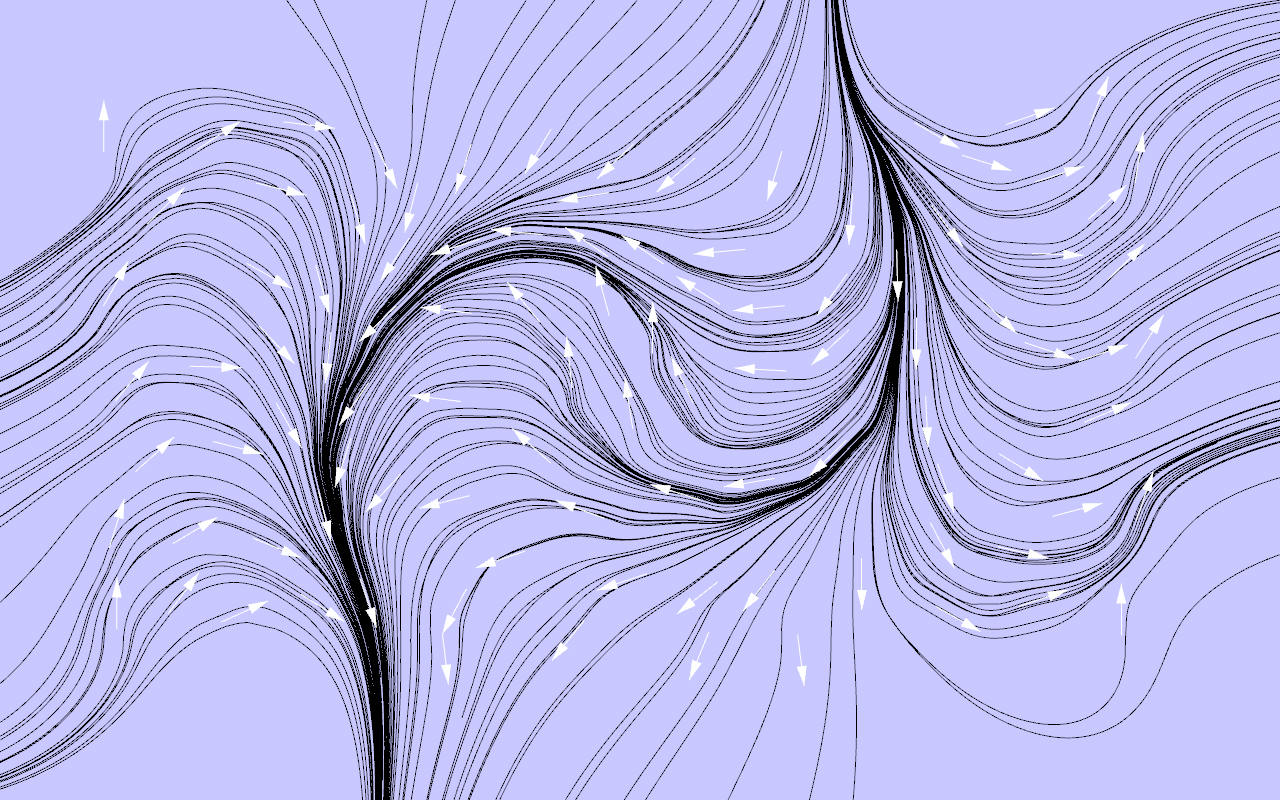
Vector Force (Grasshopper Example)
This example uses the Fields Plus plugin developed at The Different Design. You can download the plugin here. This example looks closely at the Vector Force component, which serves as an alternative to the native Vector Force component in Grasshopper. The native version if this component computes an average of all input vectors to create a field with a singular direction. This alternative Vector component instead creates an averaged field based on any input vectors.
The Field Plus Plugin is available to download for all Premium members of The Different Design.
Not a member? Sign up today!
Download the Vector Force example file.
The grasshopper example:
This example creates a series of line geometries that are rotated based on their proximity to the centre of the field boundary. This creates an undulating set of lines that point in different directions, whilst maintaining a relationship between one another. These liens are converted into vectors in the Vector Force component, and are used to create a series of fields based on each line direction, that are merged and then run through a Field Line Simple component.
The starting points for the field line simulation are generated from a collection of random points on the XY plane in Rhino.

The final algorithm showing the Vector Force component creating a merged field from a collection of line geometries in Rhino
Producing different iterations:
This grasshopper example can be tweaked by adjusting the lines that create the vector force through rotation, or could also be turned into an attractor algorithm by replacing the Area component with a point container.
The Vector Force component can also be tweaked by changing the input parameter Strength (which controls the strength of the field relative to other fields in the simulation).

A collection of iterations derived from the example by changing the rotation domain.
Taking this a step further:
The component can be used with all field force and charge components to create more complex force fields. Try using it in combination with the Spin Force component, Point Charge component and Tangent Force component, and simulating it with a Field Line Discrete component or Field Line Grid component.
